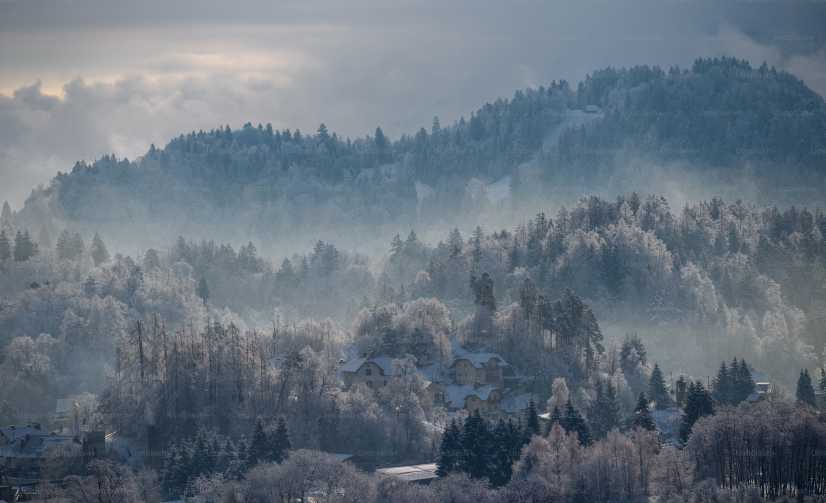Astrophotography is a fascinating hobby that allows you to capture the beauty of the night sky using a camera. Whether you are a seasoned photographer or just starting out, there are a few key tips and tricks that can help you take stunning astrophotographs. In this beginner’s guide to astrophotography, we will discuss everything you need to know to get started on your journey to capturing the wonders of the universe.
One of the first things you will need for astrophotography is the right equipment. A DSLR camera with manual settings is ideal for capturing the night sky. You will also need a tripod to keep your camera steady during long exposures. A remote shutter release or timer can also be handy to reduce camera shake. Additionally, a wide-angle lens with a large aperture will allow you to capture more light and detail in your photos.
Finding a dark location away from city lights is crucial for astrophotography. Light pollution can wash out the stars in your photos, so try to find a location with minimal artificial light. Plan your shoot on a clear night with a new moon or after the moon has set to avoid the bright glow of moonlight in your photos.
When setting up your camera for astrophotography, set your ISO to a high value such as 800-1600 to capture more light. Use a wide aperture such as f/2.8 or lower to let in as much light as possible. Set your shutter speed to a long exposure time, anywhere from 15-30 seconds, to capture the faint details of the night sky. Experiment with different settings to find the perfect balance of exposure for your photos.
Another important tip for astrophotography is to focus your camera properly. Switch your lens to manual focus and set it to infinity. Use live view mode on your camera to zoom in on a bright star or planet and adjust the focus until it is sharp. Once you have achieved sharp focus, you can start taking your photos.
Post-processing is a crucial step in astrophotography to enhance the details and colors in your photos. Use editing software such as Adobe Lightroom or Photoshop to adjust the exposure, contrast, and colors of your images. You can also stack multiple exposures to reduce noise and improve the overall quality of your photos.
With these tips and techniques, you can start capturing stunning astrophotographs of the night sky. Remember to be patient and experiment with different settings to find what works best for you. Astrophotography is a rewarding and challenging hobby that allows you to explore the wonders of the universe from the comfort of your own backyard. Happy shooting!
——————-
Article posted by:
D1
https://www.d1studio-team.com
Taipei City, Taiwan

